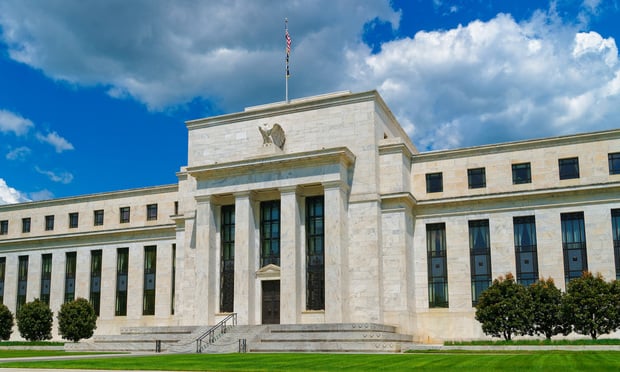
The big lesson is to be careful about when you’re sure you’re right because there may be ruts in the road.
Following the back-and-forth of economists arguing these days over how smooth a recovery might be is like quoting Charles Dickens from A Tale of Two Cities:
“It was the best of times, it was the worst of times, it was the age of wisdom, it was the age of foolishness, it was the epoch of belief, it was the epoch of incredulity, it was the season of light, it was the season of darkness, it was the spring of hope, it was the winter of despair, we had everything before us, we had nothing before us…”
There is a sense of polarity, at least at the edges, in the world of U.S. economists when it comes to how well the Federal Reserve has guided the economy — or, depending on one’s orientation, avoided getting in the way — for a soft and gentle landing.
The Fed has been positively giddy, in its somber way, about the future, announcing another credit hold in December and indicating thepotential for three rate cuts in 2024. Jobs numbers for November added some optimism on a soft landing.
The Financial Times framed the polar positions as “Federal Reserve bets on smooth landing even as economists anticipate a bumpy ride.” On one hand, a strong economy, near record low unemployment, and easing of pricing pressures.
Across the aisle, a lot more uncertainty. “You couldn’t draw up a more perfect economic scenario than the FOMC’s forecasts,” Stephen Stanley, chief US economist at Santander, told the Financial Times. “If it happens, that would be tremendous. But there are only downside risks.”
Some, like Jeffrey Gundlach — founder, CEO, and chief investment officer of Doubleline, and money management firm that is a big player in the bond market — think the low yield levels of the 10-year Treasury are dangerous and sound “almost like a fire alarm.”
Gavyn Davies, chair of Fulcrum Asset Management, told the FT that the Fed’s guidance was “very volatile lately.” In November, Fed Chair Jerome Powell called disinflation probably “lumpy” and “bumpy.” After the December meeting, the Fed’s Federal Open Market Committee had members expecting lower interest rates next year.
Though the Fed does admit to uncertainty and conversations around economics (or any significant thing) usually include complexity. On December 13, talking to reporters, Powell noted, “But to say with certainty that the last mile is going to be different, I’d be reluctant to, you know, to suggest that we have any certainty around that. We just don’t know. I mean, inflation keeps coming down. The labor market keeps getting back into balance. And it’s so far, so good — although we kind of assume that it will get harder from here. But so far, it hasn’t.”
Maybe things will get better. But some caution and sobriety are likely in order.
Article courtesy of Erik Sherman of GlobeSt.com
<< Back

 So cal multifamily broker
So cal multifamily broker